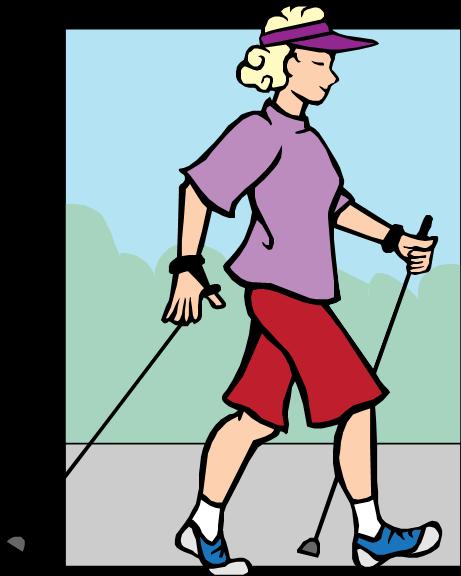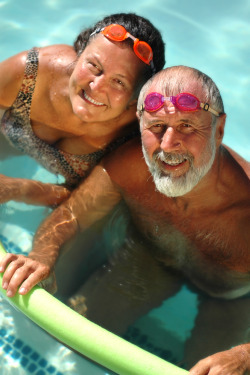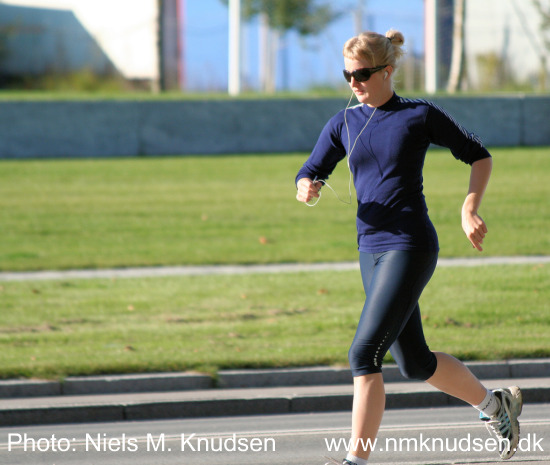Cardio Exercise
Cardio exercise is a great way to start getting fit, and remember that most fitness trends really got started with us. After all, when did catchphrases like “no pain, no gain” and “feel the burn” first take hold? In the 70s, when many of us were in our teens and early 20s. It was the size and strength of our age group that brought fitness into mainstream vocabulary.
Fitness has a lot of moving parts - literally – not to mention a lot of terminology. Some basic definitions:
- cardio exercise – aka endurance training - like aerobic exercise, a means of physical conditioning to improve circulation and respiratory function in our body through vigorous sustained exercise, such as running, swimming, or cycling.
- high impact exercise – cardiovascular exercise in which both feet leave the ground simultaneously, such as running, jogging, jumping jacks, jump rope, or aerobic dance involving jumping or bouncing movements (more suitable for exercise veterans wanting to develop greater endurance, power, agility and coordination).

- low impact exercise - cardiovascular exercise that has a reduced impact on the legs, knees, and feet, such as walking, swimming, bicycling and aerobic dance not involving jumping or bouncing movements (most suitable for exercise beginners and those who are overweight, pregnant, or with spinal or joint ailments).
- metabolism – a complex biochemical process in which the body converts food and drink into energy, by combining those calories with oxygen to release energy the body needs to perform its various functions; the process of metabolism establishes the rate at which the body burns calories and, ultimately, how quickly the body gains or loses weight; this rate is influenced by age (metabolism naturally slows about 5% per decade after age 40), sex (men generally burn more calories at rest than women), proportion of lean body mass (the more muscles, the higher the metabolic rate), and heredity.
- muscle atrophy - a decrease in the mass of the muscle, a partial or complete wasting away of muscle, resulting in muscle weakness (the ability to exert force is related to muscle mass).
Getting Started With Low-Impact Cardio Exercise
One of the initial goals is getting 20-30 minutes of exercise at least 3 times each week. If we are new to exercise, and a lot of us may very well be, we can choose either of two options. We can visit a health club and get a program matched to our particular needs and condition, and start from there. But if we choose to go it alone, it’s best to start slow with some low-impact cardio exercise:
- Walking - with just a bit or urgency in our step, we can burn up to 180 calories in 30 minutes, and if we include hills or some interval training (a period of more intense action such as running or sprinting), the calories burned go higher. We can lengthen and vary our route as our initial conditioning improves.

- Swimming - with access to a pool we can burn up to 400 calories in 30 minutes by swimming with virtually no stress on our joints; swimming is especially good for muscle rehab or for those with arthritis. Water aerobics, treading water, or even walking in the pool are some other options.
- Rowing - using a rowing machine can burn 300 calories in 30 minutes, plus the beneficial work given to our arms and shoulders.
- Step Aerobics - a high intensity session can burn up to 400 calories in 30 minutes, although it may be easier to learn the movements first and progress to that level by starting with a class or video instruction. Step aerobics are good for cardio exercise while also targeting our legs, hips and butt.
- Bicycling - can burn up to 250 calories in 30 minutes, indoors or outdoors, with virtually no impact on our knees, hips or ankle joints.
- Elliptical Trainer - movements that include arm swings with leg motion can burn up to 300 calories in 30 minutes, while also protecting shins and joints (a good break from running/jogging).
High-Impact Cardio Exercise
High-impact cardio exercise can burn more calories than low-impact, but can also increase the risk of joint pain or injuries:

- Running/Jogging - can burn up to 300 calories in 30 minutes at a sustained running speed of 5 mph (recommend a gradual progression over several sessions, as beginning runners will likely experience initial soreness in ankles and shins).
- Cross-Country Skiing - can burn up to 325 calories in 30 minutes, involving both the upper and lower body equally, but definitely requires some preconditioning to get to 30 minutes; can also be done equally well on a gym machine where snow is not an option.
- Racquetball/Handball – definitely involves quick reflexes and a skill level (some practice/learning sessions are advisable), but can burn up to 400 calories in 30 minutes; also provides good conditioning for legs.
- Rock-Climbing – only for the most ambitious among us, but can burn up to 375 calories in 30 minutes; does require some training and preconditioning.
Whether it’s low or high impact, the type of cardio work that’s best will vary from person to person. Such variables include a person’s age, gender, metabolism, daily calorie intake, body weight, percentage of body fat and overall level of fitness.
Low and high impact routines can certainly be mixed one day to the next, or even during the same session. The goal starting out is doing cardio about 3 times each week, and working up from 20 minutes to 30-45 minutes for each session. Not only good for burning calories, cardio exercise also provides conditioning for the heart and lungs.
- Home ›
- Healthy Life ›
- Cardio Exercise
